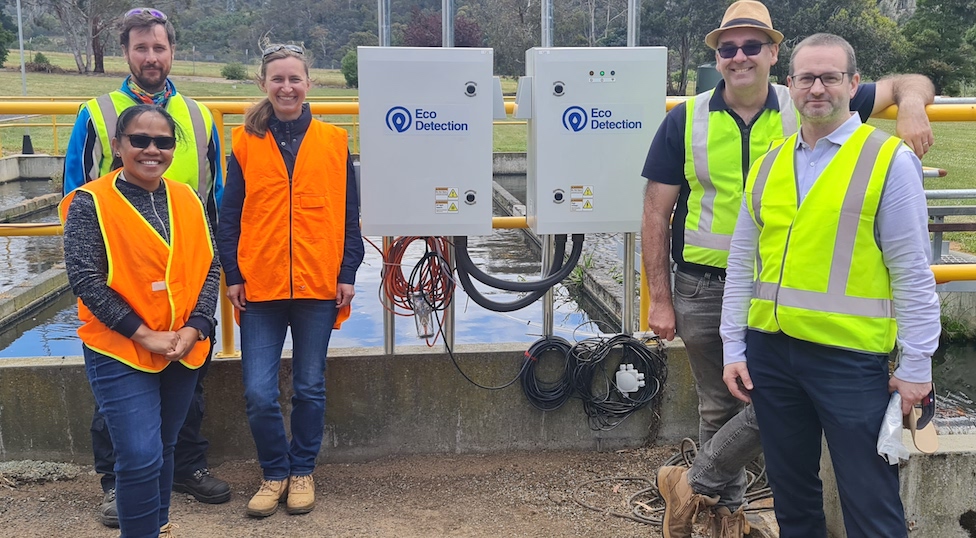The Eco Detection team has installed the first of six real-time water quality monitoring systems at the TasWater Turriff Lodge sewage treatment plant as part of the Derwent Estuary Program project. The data will empower experts to calculate more accurate nutrient budgets for the catchment, allowing them to prioritise catchment management actions and help individual point source industries such as sewage treatment plants and fish hatcheries to evaluate their nutrient discharges, with the aim to improve discharge levels.
Derwent Estuary Program catchment scientist and project lead, Bernadette Proemse said “We are really pleased to see the first of our Eco Detection nutrient monitoring units installed. We have recently seen some early warning signs in the upper estuary hinting at nutrient increase and we are keen to investigate the sources of these nutrients in the River Derwent catchment.”
This significant project is utilising Eco Detection technology to revolutionise catchment water quality monitoring in Tasmania. Current water quality monitoring programs in the State are sparse, driven by individual industries/organisations, costly, and at a low frequency that does not capture incidents, variable pollutant sources, rainfall-runoff events and biogeochemical in-stream processes.
Eco Detection will measure nitrate, nitrite, phosphate, chloride, carbonate, sulphate and fluoride, as well as other key analytes and parameters. The sensors have been developed in collaboration with the University of Tasmania with the goal to provide robust, autonomous and low cost systems that provides data in real-time, allowing fast and smarter decisions regarding industry operations and waterway management.
Pictured left to right, UTAS researchers, Marni Amuno and Petr Smejkal, DEP’s Bernadette Proemse, Professor MIchael Breadmore and Eco Detection CTO, Phillip Fox.
